For ENGIE, promoting clean mobility means developing a mix of alternative fuels and their associated recharging systems, for low or non-polluting transport. In short, it means allowing all types of travel while seeking to reduce their impact on the environment. More on this page!
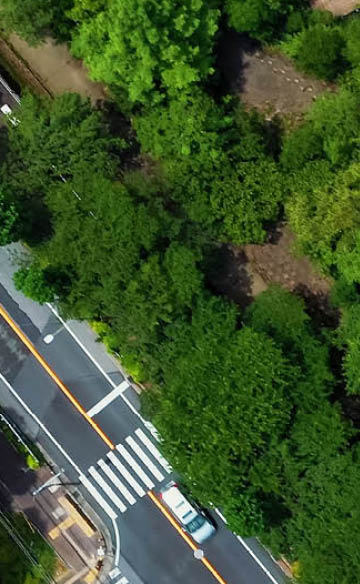
What is sustainable mobility?
At a time when transport accounts for over a third of global CO2 emissions, it has become a matter of urgency to reduce energy consumption and adopt more clean mobility solutions. But what exactly does this mean? How can we achieve it. Here are some answers...
What is renewable fuel?
While electricity provides a solution for clean mobility for light vehicles, it is not adapted to heavy transport, i.e. maritime, trains, trucks, air etc. This is where renewable fuels come into play, classified by the European Union into four families. Let’s have a closer look...
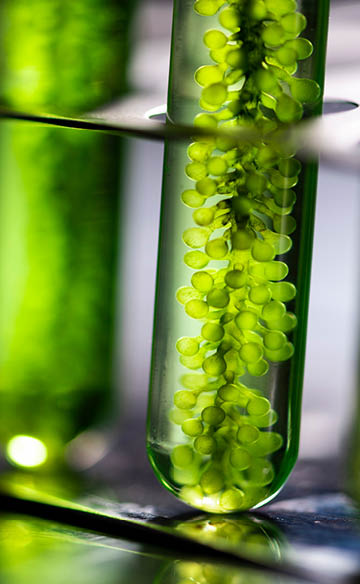
E-fuels, what are they?
E-fuels are a future solution for developing green mobility. They are synthetic fuels produced from renewable electricity, in liquid or gaseous form. All about e-fuels
A glossary for clean mobility
NGV, LNG, CNG… it’s easy to get confused with all these fuels! Let’s take a look at these key terms and their definitions in order to better master the language of clean mobility. Keep reading
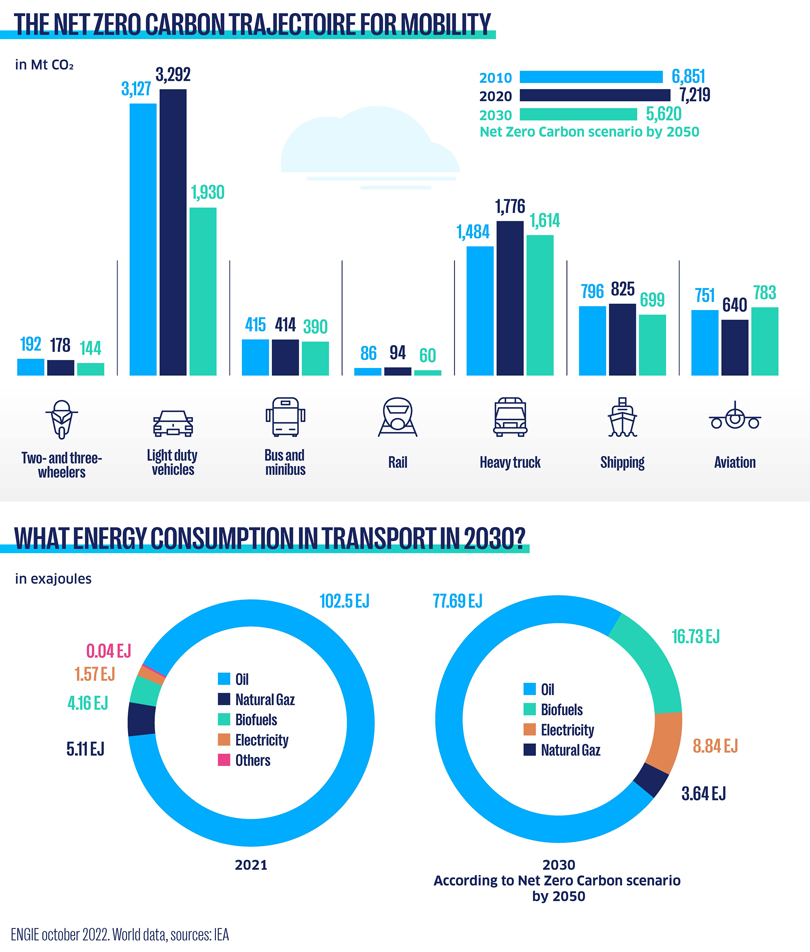
Decarbonizing mobility: 4 levers for more sustainability
Decarbonizing all forms of mobility (road, rail, sea and air) is one of the main challenges of the energy transition. Let's take a closer look at four areas in which the future of mobility is taking shape.
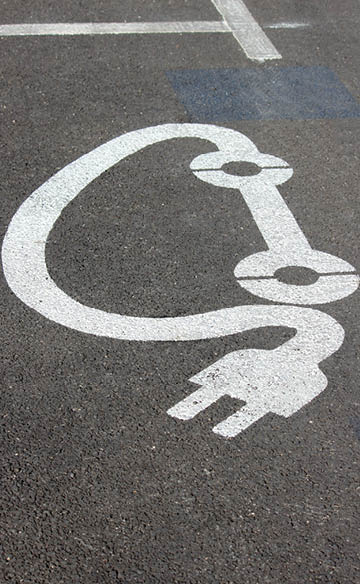
Lever 1: eMobility on the road
Accelerating the development of charging infrastructure in cities
In Belgium, 1.4 million electric vehicles will be on the market by 2030 and will require 125,000 public charging points. The region of Flanders has a target of one million electric vehicles and 100,000 charging points by 2030. ENGIE is supporting the region by installing charging points as of September 2022 and this over a period of two years... Read more
Fast charging for all on the freeway
Committed to the transition to less carbon-intensive mobility, freeway concessionaire SANEF has entrusted ENGIE with the financing, design, installation, and operation of 84 ultra-fast charging stations for electric vehicles, representing 186 charging points at 18 freeway service areas in eastern and northern France and in Normandy. Find out more (in French)

Lever 2 : BioGNV
Clean, renewable and local mobility
The use of bioNGV (natural gas for vehicles), a fuel derived from the recovery of our organic waste, decreases the environmental footprint of vehicles. It also contributes to the development of this sector, which creates local jobs that cannot be relocated, and to the energy independence of countries like France. The bioGNV makes it possible to reduce by 95% the CO2 emissions compared to a diesel vehicle. That’s up to 500 tons of CO2 avoided for a vehicle travelling 600 000 kilometers! Today, ENGIE is a major player in France with more than 100 NGV and BioNGV refuelling stations.
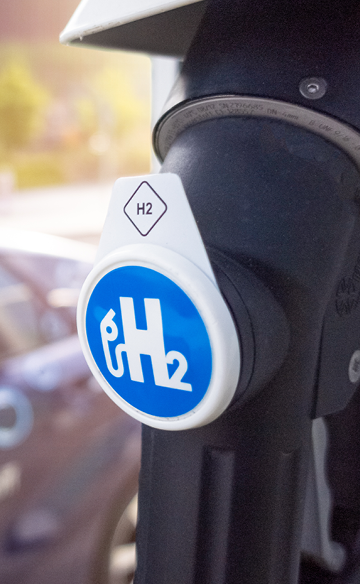
Lever 3: Moving with hydrogen
Decarbonization of transport: on the road to hydrogen!
In France, transportation is responsible for 31% of greenhouse gas emissions, the largest source of emissions in the country. Green hydrogen is a real avenue for the future of low-carbon mobility because its doesn’t generate any pollutant emissions or noise pollution. Our experts share their experience in this strategic field and the advances necessary for its democratization in the transport sector. Read the interview
Mobility, the engine of the hydrogen revolution
The hydrogen revolution in mobility is emerging, but it is underway. The main challenge is the democratization of hydrogen transportation, driven by technological advances and the creation of a new value chain around this form of mobility. Read more
How to develop clean mobility in territories?
For local authorities, the time has come to make the transition to cleaner mobility. How can they do this? By using their natural resources! The Auvergne-Rhône-Alpes region is an example: 80% of the hydrogen industry in France is concentrated in this region, which benefits from a subsoil rich in large saline cavities. Read our case study
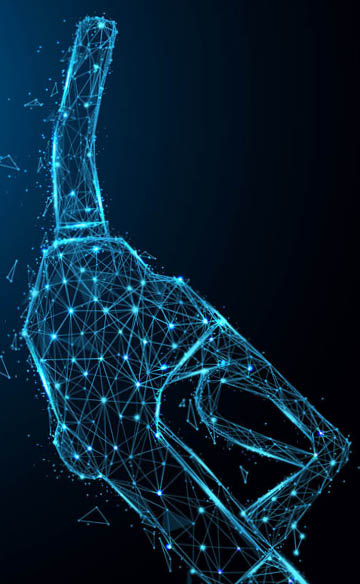
Lever 4: Other alternative fuels
E-fuels: when innovation projects come to life!
E-fuels are a solution of the future, but also of the present! ENGIE has stepped up to advance the sector by launching several projects. Let’s take a look at four of them! Read more
Clean mobility according to ENGIE
ENGIE is involved in all forms of clean mobility, across the entire value chain, for various markets and uses. Let’s present to you our vision and our fuel mix...
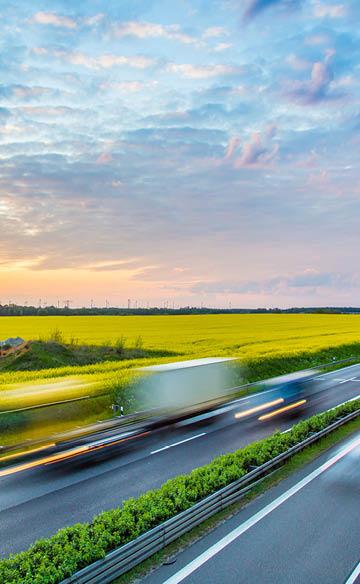
"Our difference is our fuel mix"
“At ENGIE, we focus on a mix of alternative fuels - green electricity, NGV, bio-NGV, hydrogen - which we supply according to our customers' needs, uses and profiles. That's where our difference lies!”
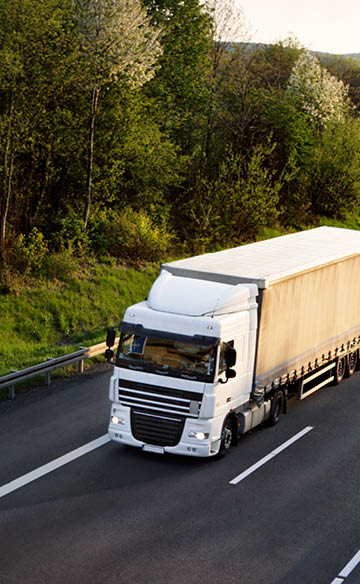
Decarbonising heavy mobility: ENGIE's fuel mix solution
The heavy mobility sector is on its way to decarbonisation. How is ENGIE assisting manufacturers in meeting these huge challenges? A look at this new battlefront in the energy transition. Keep reading...
To respond to the environmental crisis, we must accelerate the #energytransition as well as rethink our uses. Currently, transport accounts for 30% of all greenhouse gas emissions; decarbonizing #mobility is therefore vital.
As it stands, charging terminals are being deployed at a pace that will allow us to achieve the objectives that have been set. However, we must remain vigilant on two points:
- Firstly, their location: we must install these charging stations in the right places, i.e. apartment blocks, towns and shopping centres, public car parks, near major suburban and interurban mobility junctions, etc. 80% of charging is done at home or at the workplace. It is vital to install charging terminals wherever there will be significant needs.
- We must also come up with #SmartCharging solutions for greater charging distribution in order to not overload the network.
All of ENGIE’s teams are fully committed to this transition towards #ZeroCarbon mobility!
Cécile Prévieu, Executive Vice President, in charge of Energy Solutions activities, at the Paris Motor Show 2022

